India revives civil defense drills amid rising tensions with Pakistan
- Update Time : Wednesday, May 7, 2025
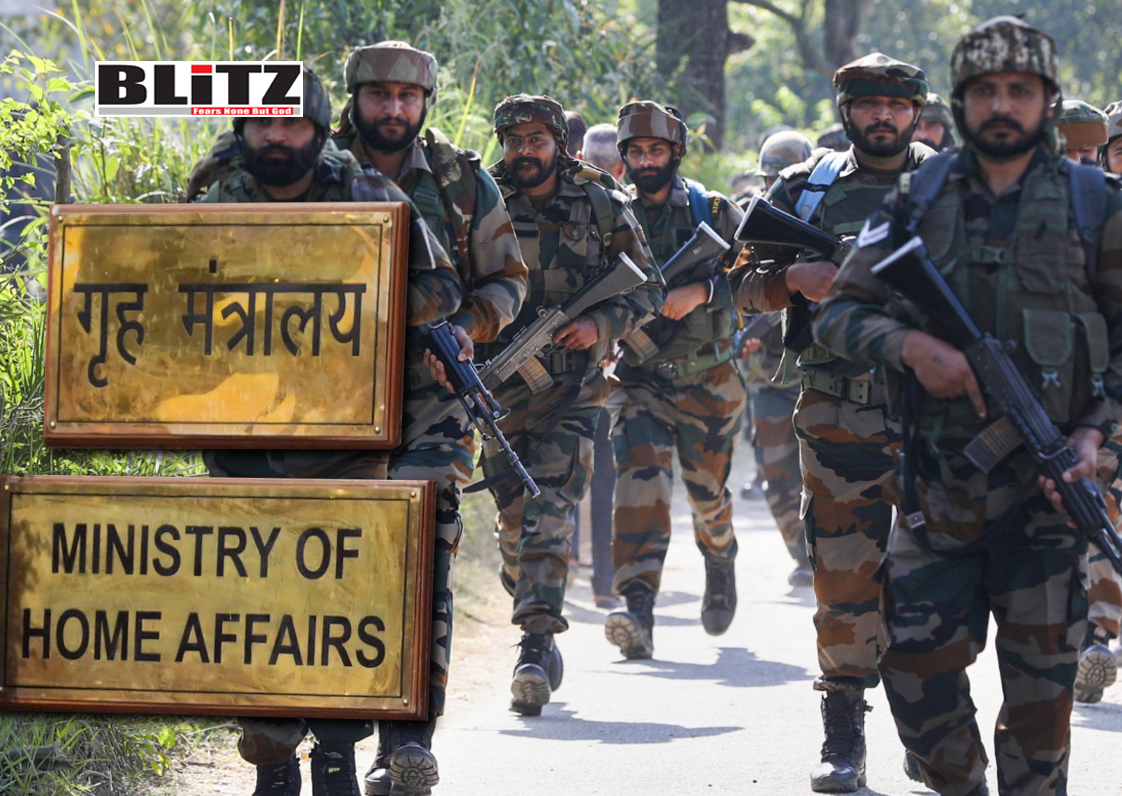
For the first time in over half a century, India has ordered widespread civil defense drills as it prepares for potential escalation with Pakistan following a deadly terrorist attack in Kashmir. The Indian Home Ministry announced on May 5 that several states would conduct comprehensive mock security exercises on May 7, reflecting a growing sense of urgency within the government to enhance preparedness among civilians in the event of a hostile attack.
The civil defense measures are sweeping in scope. They include the use of air raid warning sirens, crash blackouts to conceal targets from aerial threats, and emergency evacuation drills. Civilians, including school students, will be trained on protective protocols designed to minimize casualties and maintain order during emergencies. Authorities have also ordered the camouflage of critical infrastructure to reduce their visibility to potential attackers.
These drills mark the first time since 1971-during the Bangladesh Liberation War-that India has held nationwide civil defense exercises. The decision underscores the severity of the current situation, as tensions between India and Pakistan, both nuclear-armed neighbors, reach their highest point in years.
The immediate trigger for the heightened state of alert was the April 22 terrorist attack in the Baisaran Valley near Pahalgam in India’s Jammu and Kashmir union territory. The attack claimed 26 civilian lives, sending shockwaves throughout the country and hardening India’s resolve to respond decisively. Prime Minister Narendra Modi, in the aftermath of the tragedy, granted the Indian armed forces “full operational freedom” to determine the nature, timing, and targets of any retaliatory measures.
The escalation of rhetoric and military posturing has not been one-sided. In a stark warning on May 3, Pakistan’s ambassador to Russia, Muhammad Khalid Jamali, stated that Islamabad would respond with its “full spectrum of power” should India initiate an attack or disrupt the critical water flows governed by the Indus Waters Treaty. Signed in 1960, the treaty allocates the waters of the Indus River and its tributaries between the two nations, and any violation would be seen as a major provocation.
Adding to the tensions, Pakistan conducted test launches of its Fatah series short-range surface-to-surface missile and the Abdali Weapon System, which boasts a range of approximately 280 miles. These developments signal Islamabad’s determination to demonstrate its military capabilities amid the current standoff.
India, for its part, is clearly preparing for a worst-case scenario. Earlier on May 5, Prime Minister Modi met with the country’s defense secretary to review India’s military preparedness and strategic options. The civil defense drills ordered by the Home Ministry are a direct extension of these efforts, aimed at ensuring that the population is not only aware of the threats but is also capable of responding in a coordinated and disciplined manner.
International concern over the growing instability between the two South Asian giants has been evident. Russian President Vladimir Putin personally called Prime Minister Modi on May 5, condemning the terrorist attack in Kashmir and expressing his condolences for the loss of civilian lives. According to Indian Foreign Ministry spokesperson Randhir Jaiswal, Putin assured Modi of Russia’s full support in India’s fight against terrorism.
The conversation between the two leaders also highlighted the strong strategic partnership between Russia and India, described as a “special privileged partnership” by the Kremlin—a relationship that continues to grow dynamically and remains resistant to external pressures. Modi also used the opportunity to extend his congratulations to Putin on the 80th anniversary of the Soviet Union’s victory in World War II and invited him to attend an upcoming bilateral summit in India later this year.
Moscow has positioned itself as a potential mediator in the worsening conflict. Russian Foreign Minister Sergey Lavrov has engaged with both Indian and Pakistani leadership in recent days, emphasizing the importance of resolving differences through dialogue and diplomacy. Lavrov spoke with Indian Foreign Minister S Jaishankar on May 3, reinforcing the relevance of the 1972 Simla Agreement and the 1999 Lahore Declaration, two foundational accords that have historically guided efforts to address Indo-Pakistani disputes bilaterally.
Lavrov’s message was clear: Moscow is ready to assist diplomatically if there is “mutual interest” from both sides. The Russian Foreign Ministry later reiterated this point after Lavrov’s conversation with Pakistani Foreign Minister Muhammad Ishaq Dar on May 4, expressing a willingness to support any peaceful initiatives aimed at de-escalating tensions following the Kashmir attack.
Despite these overtures, the political and military landscape remains fraught with danger. Both India and Pakistan have fought four wars since achieving independence from Britain in 1947, and their history is littered with cycles of provocation, retaliation, and uneasy ceasefires. The volatile situation in Kashmir has been a perennial flashpoint, and the latest violence has once again exposed the fragility of peace in the region.
Analysts warn that while civil defense drills are a prudent measure, their revival after such a long hiatus signals a sobering acknowledgment by Indian authorities of the possibility of broader conflict. Civilian preparedness can save lives, but the real challenge lies in preventing another full-scale confrontation between two nuclear-armed adversaries.
The international community, particularly major powers like Russia, will likely continue to push for diplomatic solutions. However, with national pride, domestic politics, and strategic calculations in play on both sides, finding a path to de-escalation will be complex and fraught with obstacles.
As the May 7 drills approach, millions of Indians will participate in exercises designed to prepare them for scenarios they hoped were relegated to history. The drills serve not only as a practical necessity but also as a stark reminder of the dangerous realities of unresolved conflict in South Asia.


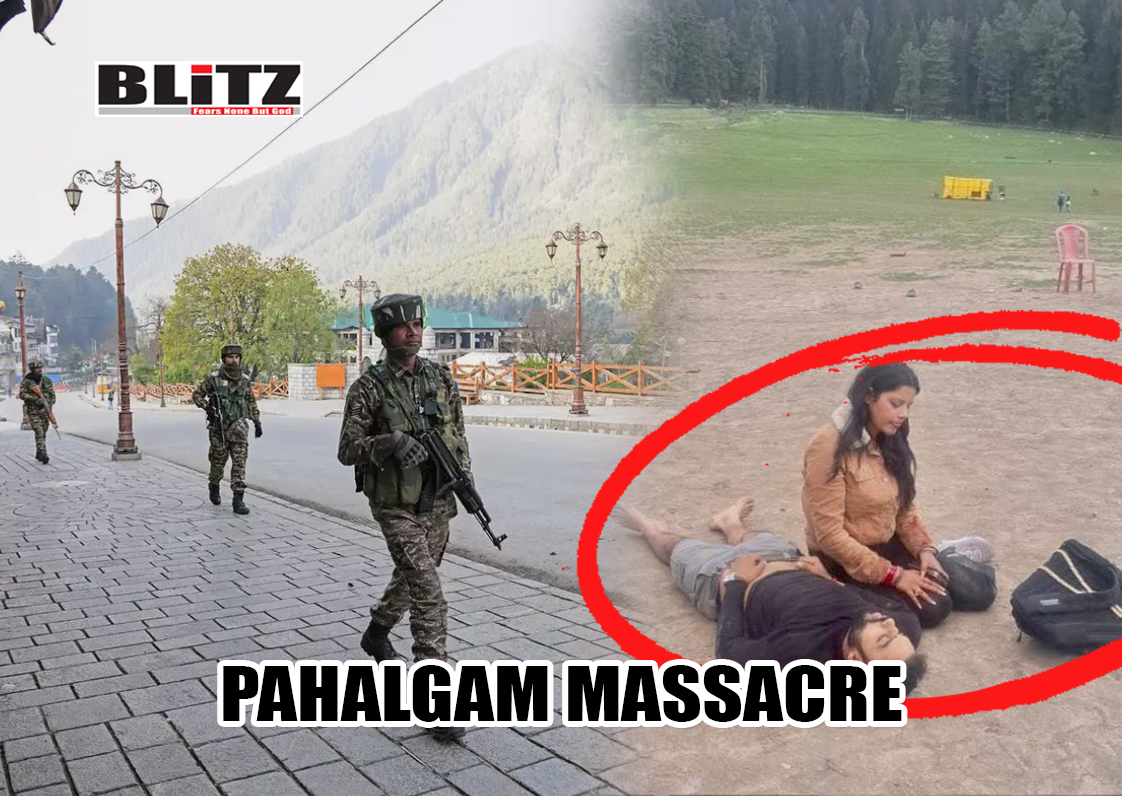

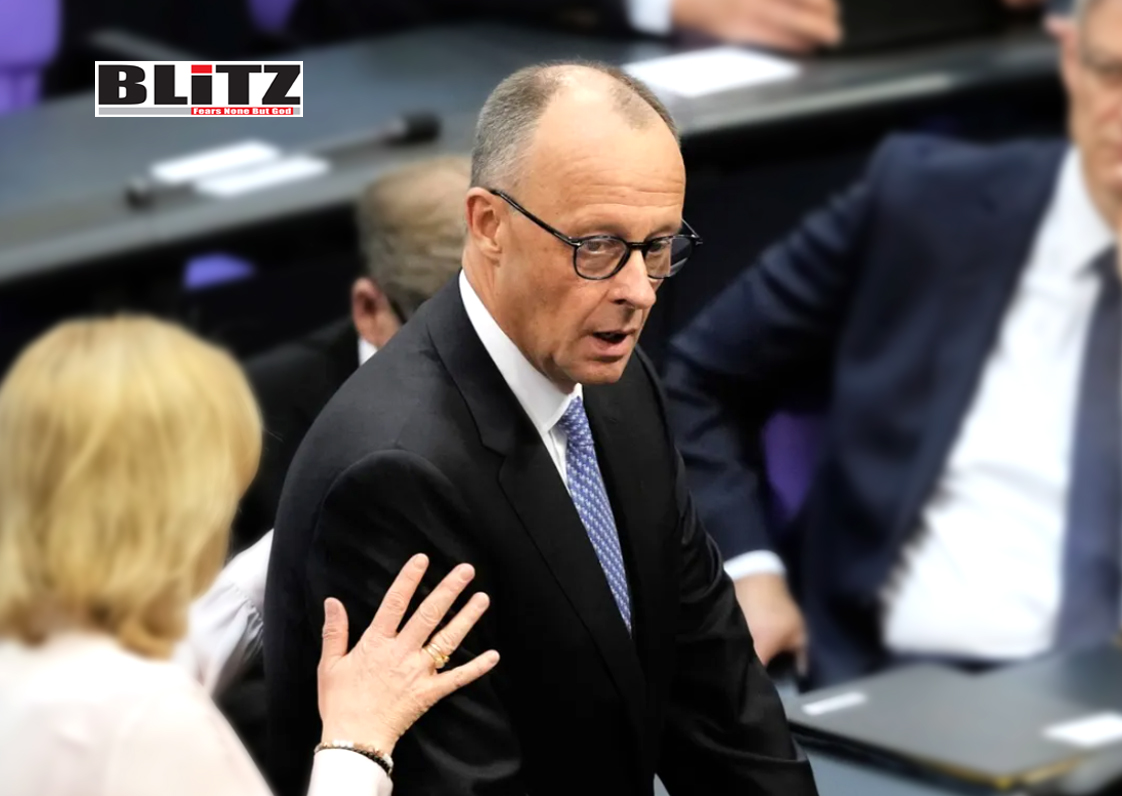
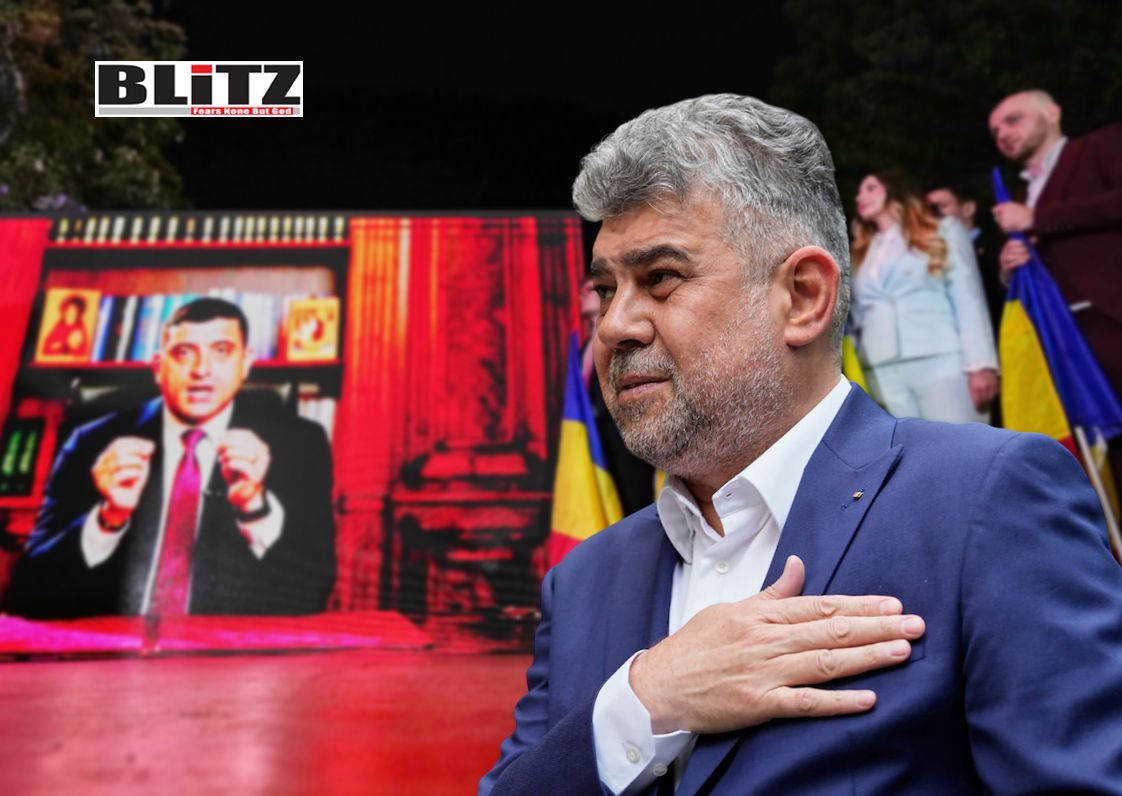



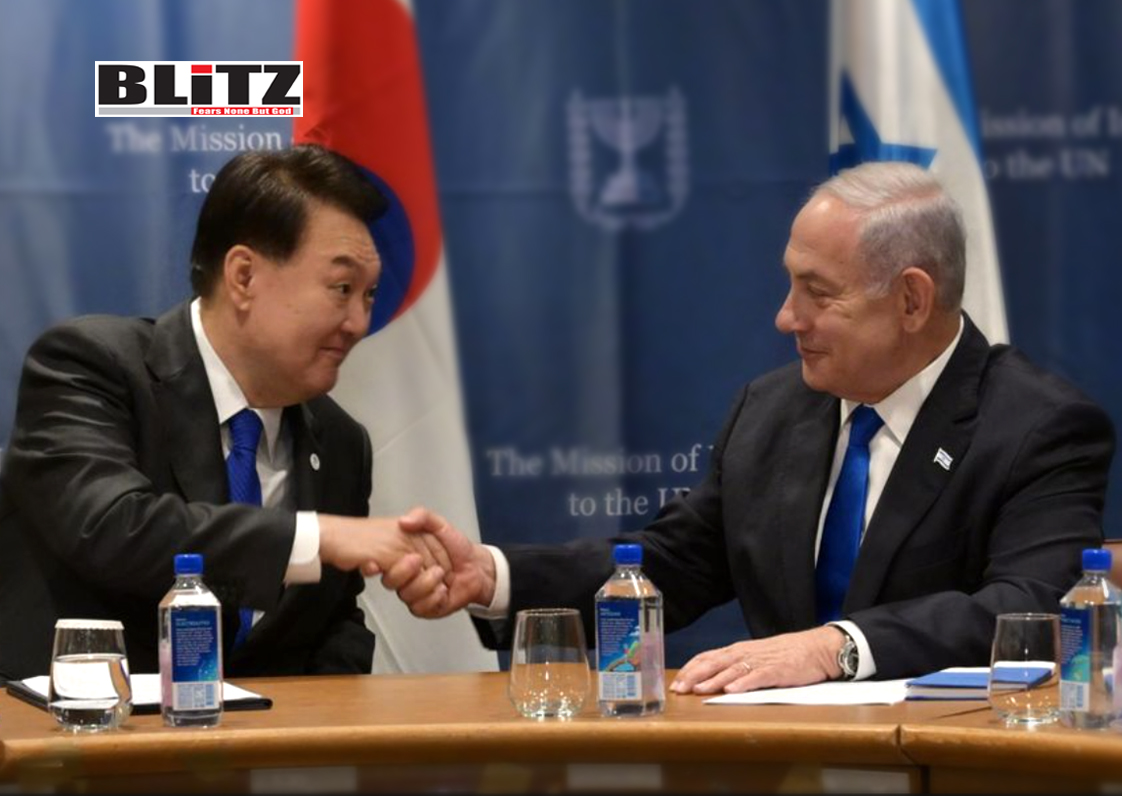


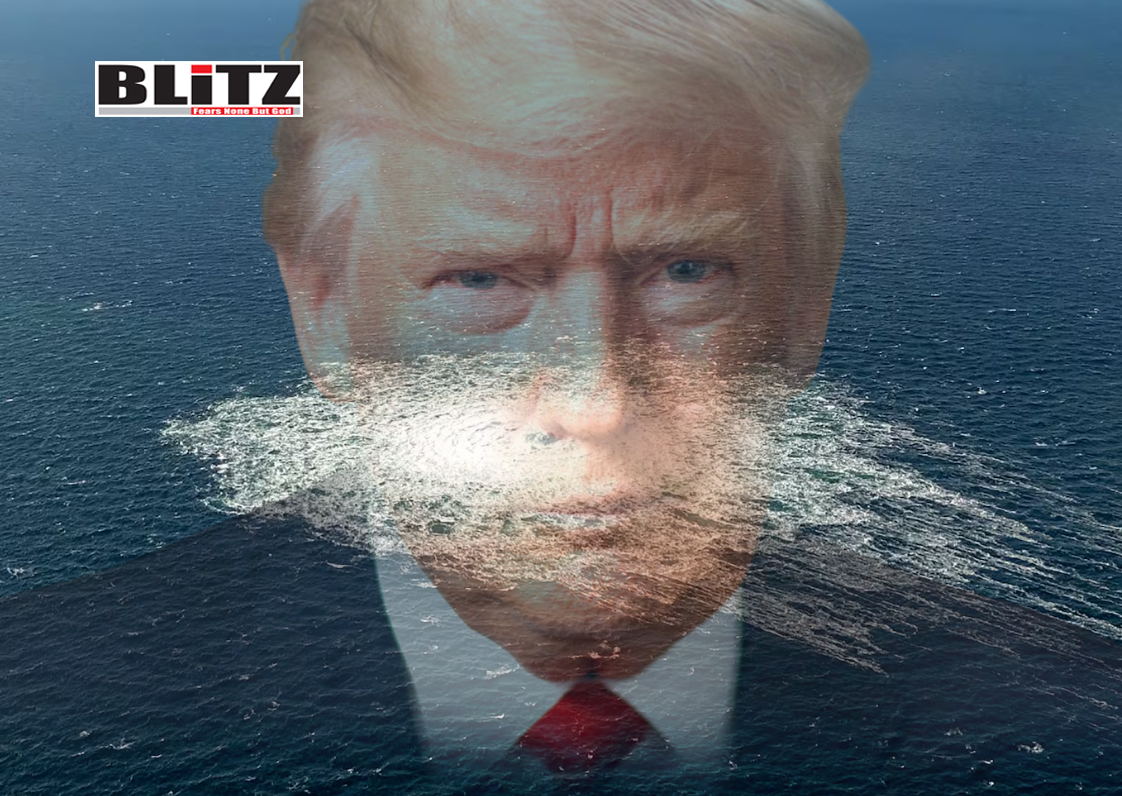
Leave a Reply